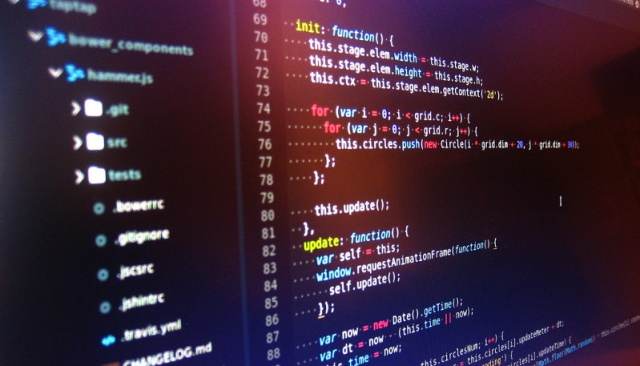Few tools are as reliable from childhood to adulthood as charts. They are so simple that we first learn how to read and use them at a young age. But they are so reliable that we keep using them on a professional level our entire lives.
The appeal of the chart lies in a simple fact: Humans are visual animals. Our sight is our favoured sense by a long shot, and our brain prefers visual information over all other kinds. So, in all honesty our love for charts won’t go anywhere. That said just because they are reliable that doesn’t mean we can’t improve on them. As information becomes more abundant and volatile we need to find better ways to portray it accurately, and this is where the JavaScript heatmap chart comes in.
The right tool for powerful charts
If you want to get started with JavaScript charts you’ll need specialized software for it, likeSciChart. The SciChart suite is available for all modern devices and it’s ready to tackle any design you can think of. It’s one of the best options if you are looking for specialized chart software and since it runs on everything it’s practical as well.
Go beyond the columns
JavaScript for those unaware is a programming language that is all around us in the modern world. Websites, applications and entire games can be programmed on it. JavaScript is very popular and stands out for its potential in contrast to its relative ease of learning. However today we want to focus on what a JavaScript chart brings to the table.
A chart done in JavaScript has a key difference to the traditional charts we print on other software: They are dynamic. JavaScript allows charts to react in real-time to changes in information and as such, they can be accurate down to the second. The best part is that all of this can be done without additional input, so it’s easy to see how basic charts are completely out of their league.
On top of that advanced chart, the software includes shapes beyond just the traditional columns, and perhaps the most interesting design is the heatmap chart. A Heatmap is a grid that portrays information on every single block. This already allows us to show more data than any column chart, but the geniality does not stop there. Heatmaps are colour-coded, which means that just a general look allows you to discern information, way before you read any number. It’s the same ingenuity that makes column charts so reliable, but with a much wider range of information.












